Crain’s New York Business | October 6, 2022
The chasm between what New Yorkers earn and what they pay in rent is the highest it has been in more than a decade, according to a new StreetEasy report.
Rent growth outpaced wage growth in New York by 23% in August, marking the largest gap since the 2008 financial crisis, the analysis says. Rents rose by 13.4% year over year that month, while real wages dropped by 9.1%, according to StreetEasy. Inflation in the metropolitan area was 8.9% in August.
“That’s a staggering gap,” StreetEasy economist Kenny Lee said. “We’ll have to pay attention to the incoming data, but falling real wages unfortunately will continue to squeeze renters.”
The disparity predictably has made it more challenging for workers to find affordable apartments. For people working in fields such as health care support, transportation and food services, about 90% of available rentals in the summer were unaffordable unless they spent more than half their income on rent, assuming they earned the median wage for their industry and were their household’s sole source of income, the StreetEasy report said.
Health care support workers including nurses and home aides are having a particularly tough time finding an affordable place to live. Their typical annual income stands at $38,730, according to a StreetEasy analysis of data from the state Department of Labor, meaning just 2% of apartments were affordable to them during the summer unless they spent more than half their income on rent.
There are signs that the city’s rental market could be starting to rebalance, however. Median asking rent across the city plateaued at $3,500 last month, a slight drop from $3,575 in August, according to the study, and year-over-year rent increases have started to slow down. The share of apartments that came with at least one month of free rent rose to 8.6% last month, up from its seven-year low of 6.6% in July—indicating that landlords are reintroducing the perk to help fill empty units.
The amount of rental listings with price cuts is rapidly increasing, with 17.7% having reduced asking rents last month—a sign that demand is tapering and landlords are adjusting how much rent they expect to get.
“The market this spring and this summer was unusually competitive, probably the most competitive in at least a decade,” Lee said. “Right now landlords are realizing that demand is finally showing signs of a slowdown, and they are no longer getting that many bids.”
But any rebalancing is likely to happen gradually, and there are still plenty of factors to keep pressure on the city’s rental market, experts said. Home prices and mortgage rates are still high enough for many potential buyers to remain in the rental market, at least until next year’s buying season, and the amount of available apartments in the city is still low compared to pre-pandemic levels, StreetEasy said.
Manhattan’s streak of record-setting median rents ended in August, when the figure dropped slightly from July to $4,100. Brooklyn’s streak continued, though, with the median rent hitting $3,500, according to the latest Douglas Elliman report.
